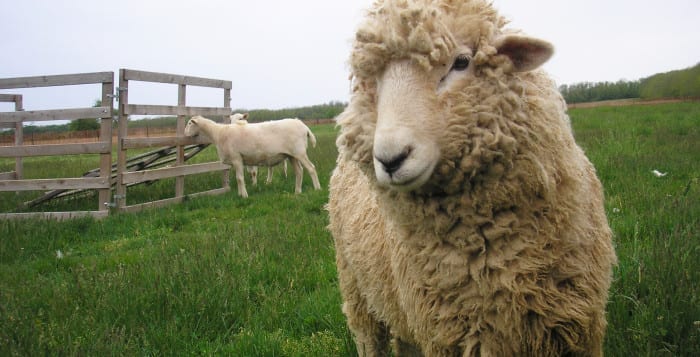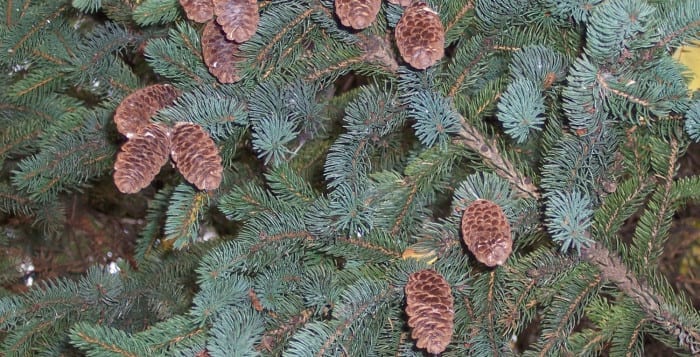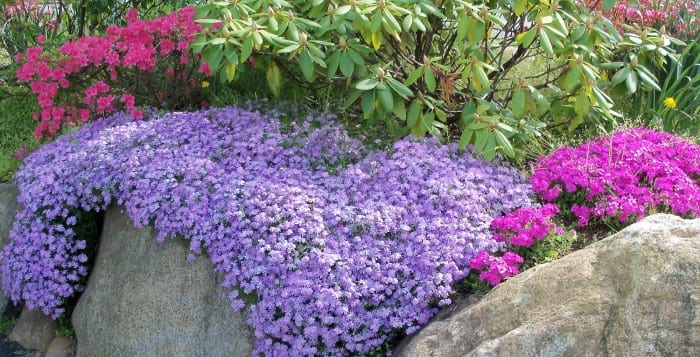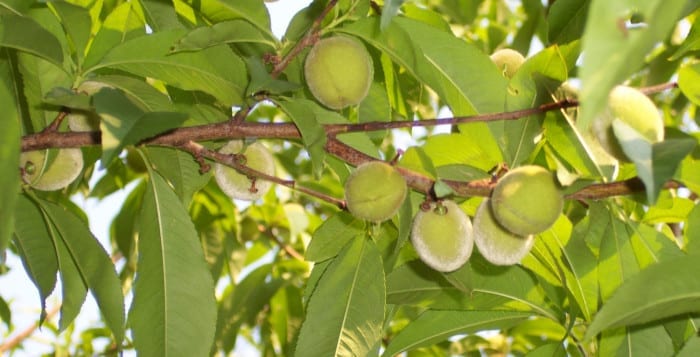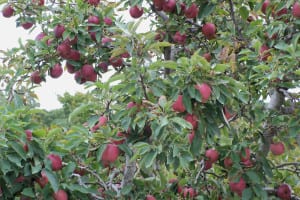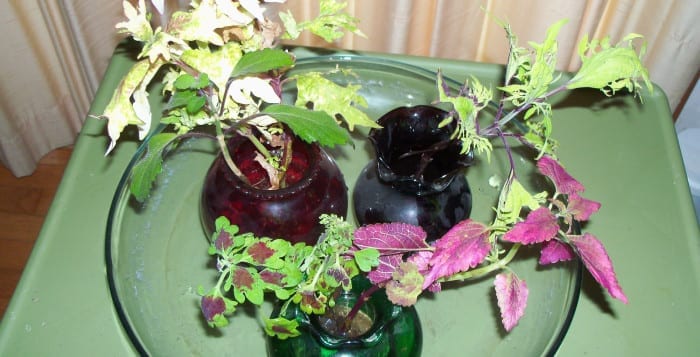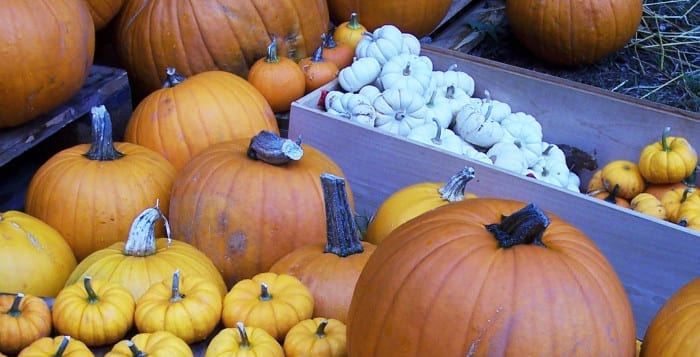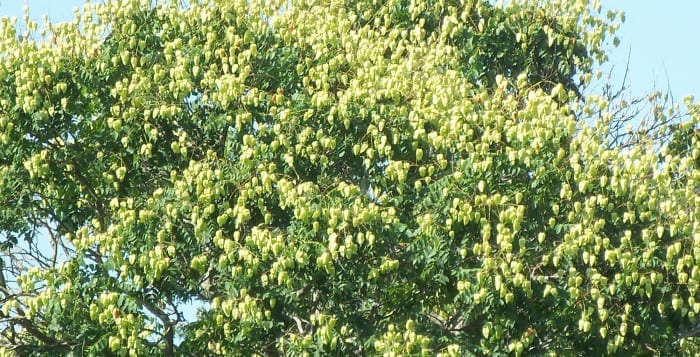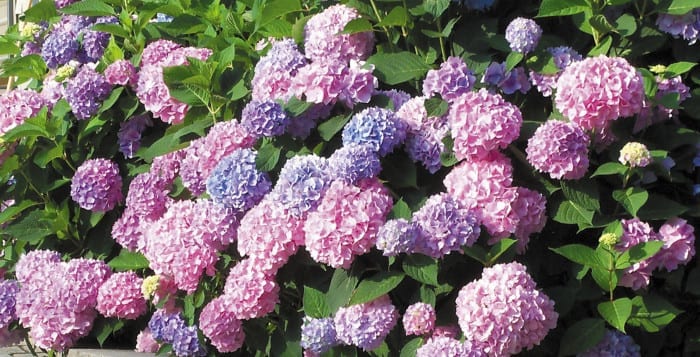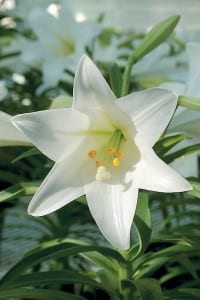By Ellen Barcel
Say New York and most people think of skyscrapers or suburbia, but, yes, Suffolk County leads the state in the value of its agricultural sales. Its history as an agricultural county goes back to the earliest colonists.
Actually, it even goes back beyond that to the Native Americans who grew corn, beans and squash before the European colonists arrived. And what goes with farms? — animals that provide farmers with meat and fiber for their clothing.
This coming weekend, Hallockville Museum Farm in Riverhead will be holding its sixth annual Fleece and Fiber Fair. The event, held on Saturday and Sunday from 10 a.m. to 4 p.m., will have a variety of ongoing demonstrations and activities. Besides livestock and animal displays, there will be sheep herding and sheep and llama shearing.
Setauket resident Judianne Davis-Van Nostrand will be demonstrating herding of sheep with her dogs at the fair. “I fell into it,” she said. “I was a zookeeper [whose] love for animals was prominent. I got my first border collie about 10 years ago,” she added. But, she wondered, what would a border collie be without sheep to herd. A farmer gave her dog Lucy an instinct test for herding. She failed the first two, but the third was a charm.
Davis-Van Nostrand kept her first three sheep at Cornell Cooperative Extension. Half of her flock, which has grown considerably (she has 28 now), is at Hallockville. Last year, she and her business partner, Matt Pendleton, started Long Island Sound Sheep. “The sheep we have [Kathadin] are not wool sheep. These sheep are strictly bred for meat — they’re not gamey.” Kathadin sheep were developed in the U.S. for their superior meat quality. Davis-Van Nostrand noted that these sheep have hair, not wool, and therefore don’t require shearing.
But, being a shepherdess is not her main occupation. “I work at Stony Brook University in the Department of Neurosurgery doing Alzheimer’s research — molecular biology.” She added that her husband, William Van Nostrand, is a tenured professor at SBU where they are doing “basic science looking at the mechanism of Alzheimer’s disease.” Davis-Van Nostrand is a senior research support specialist in the department. She said that being a shepherdess “is a part-time endeavor, also my passion. It fills my need to be outside.” This very busy lady added “I [also] have a nine-year-old daughter.”
Her work in science becomes evident in looking at her second border collie’s name, TeeCA, standing for terms in the DNA molecule, thymine, cytosine and adenine. She just came back from England where she was helping a friend lambing his sheep. She brought with her the newest addition to her canine crew, a 15-week-old puppy named Fergie. All three of her dogs will be at the demonstration this weekend along with Pendleton and his herding dog Tilly.
Visitors at the fair will also see spinning, knitting, weaving, rug hooking and needle-felting demonstrations. New this year is a needle-felting workshop on Saturday from 11:30 a.m. to 12:30 p.m.. Advance registration is required for the workshop. The $22 workshop fee includes admission to the fair.
Doing a shearing demonstration of both sheep and llamas will be Long Islander Tabbethia Haubold-Magee of Long Island Livestock Co., one of the sponsors of the fair. The fair is also sponsored by Vogue Knitting. Proceeds from the fair will help to support the not-for-profit Hallockville Museum Farm.
The fair will also include historic tours of the farm as well as demonstrations of basket making and quilts.
Twenty vendors will be at the fair selling hand-crafted yarns, fiber arts supplies and finished products including soap made from the lanolin of sheep’s wool. Local food vendors will make lunch available, and the Hallockville Bake Shop will be selling homemade baked goods.
Hallockville Museum Farm is located at 6038 Sound Ave., Riverhead. Admission is $6 adults, $4 ages 5 to 12, free under 5. For further information, call 631-298-5292 or visit www.hallockville.com.

